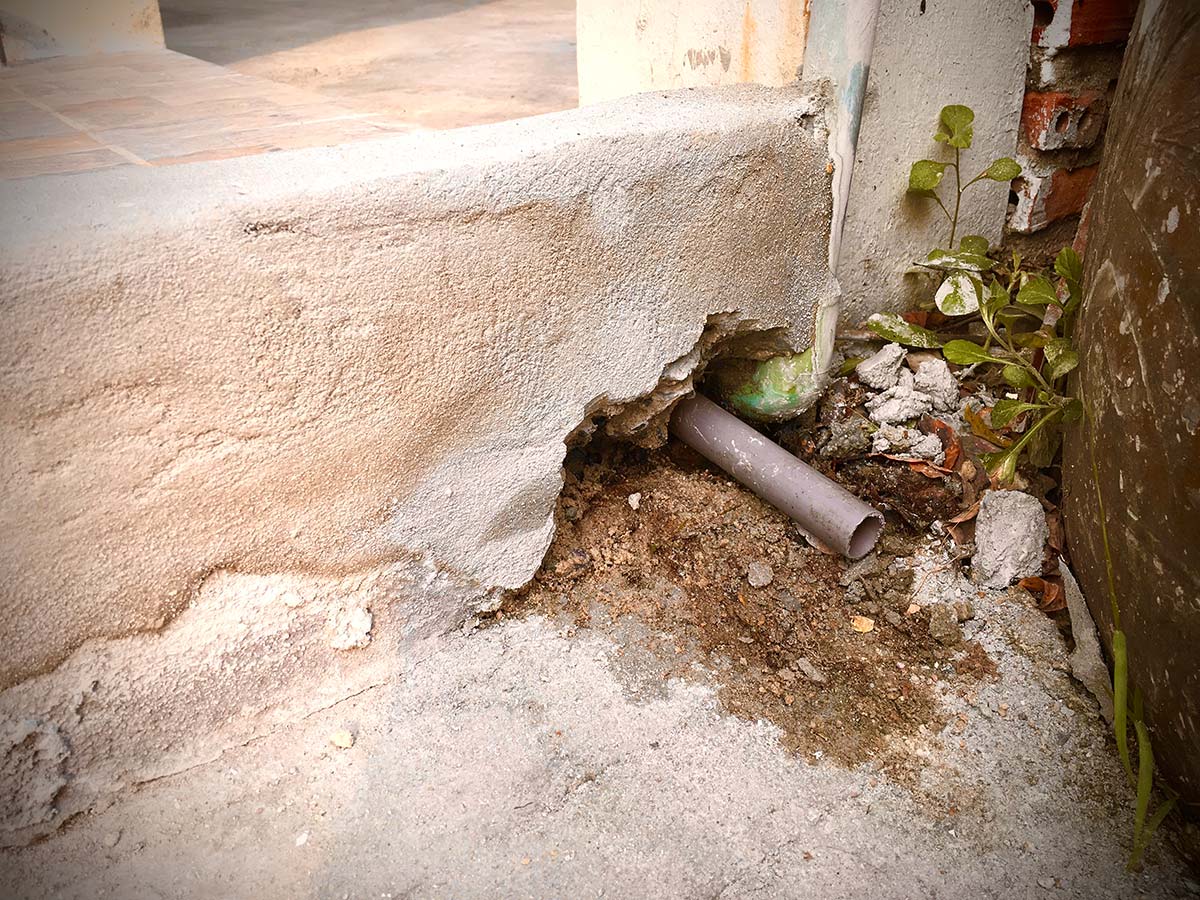The condensate drain tube or line is one of the critical parts of your HVAC system. It is especially important during the months of heavy HVAC use. If left unchecked, a clogged condensate line can damage your heating and cooling system and cause substantial water damage to your property. Read on to learn more about your condensate line.
What Is a Condensate Drain Tube?
The condensate drain line is a tube that’s normally made of plastic (usually PVC) or metal. It connects to your HVAC unitand usually runs outside through an exterior wall. It funnels the condensation, which is produced when air is cooled or heated inside your HVAC system, away from the unit. Most condensation lines use gravity to remove the condensation. Some use a pump to speed up the process.
The Importance of the Condensate Line
The condensate line leads residual water outside, where it evaporates into the air. Without the condensate line, moisture would build up inside your HVAC system. That would lead to mold growth and corrosion.
Condensate Line Problems
Your condensate drain tube can be clogged with dirt, dust, and even ice when the weather is frigid. When water can’t flow through the line efficiently, it can back up and damage your HVAC system and your property.
When your condensate drain tube is clogged, you may notice water pooling near your furnace or indoor AC unit. However, most clogs occur out of sight — within your walls. So how else do you know you have a clogged condensate tube?
Most modern AC units have an automatic shut-off feature that is triggered whenever water backs up. Therefore, you may have a clogged condensate line if your system turns on and off constantly without adequately cooling your house.
Scheduling HVAC service is an excellent way to keep your condensate drain tube flowing freely. If you suspect your condensate tube has a problem, don’t hesitate to contact an HVAC technician. To schedule HVAC repairs or service in the Dayton area, please contact the heating and cooling experts at Ace Hardware Home Services.








